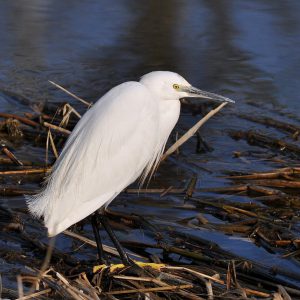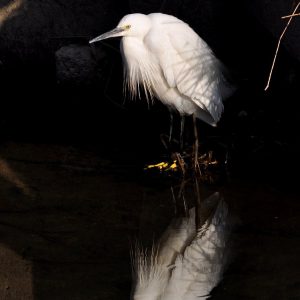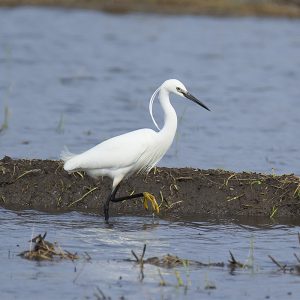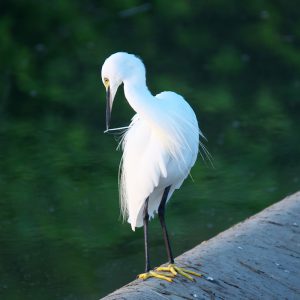むなかたが集まる
電子データベース
電子データベース
コサギ
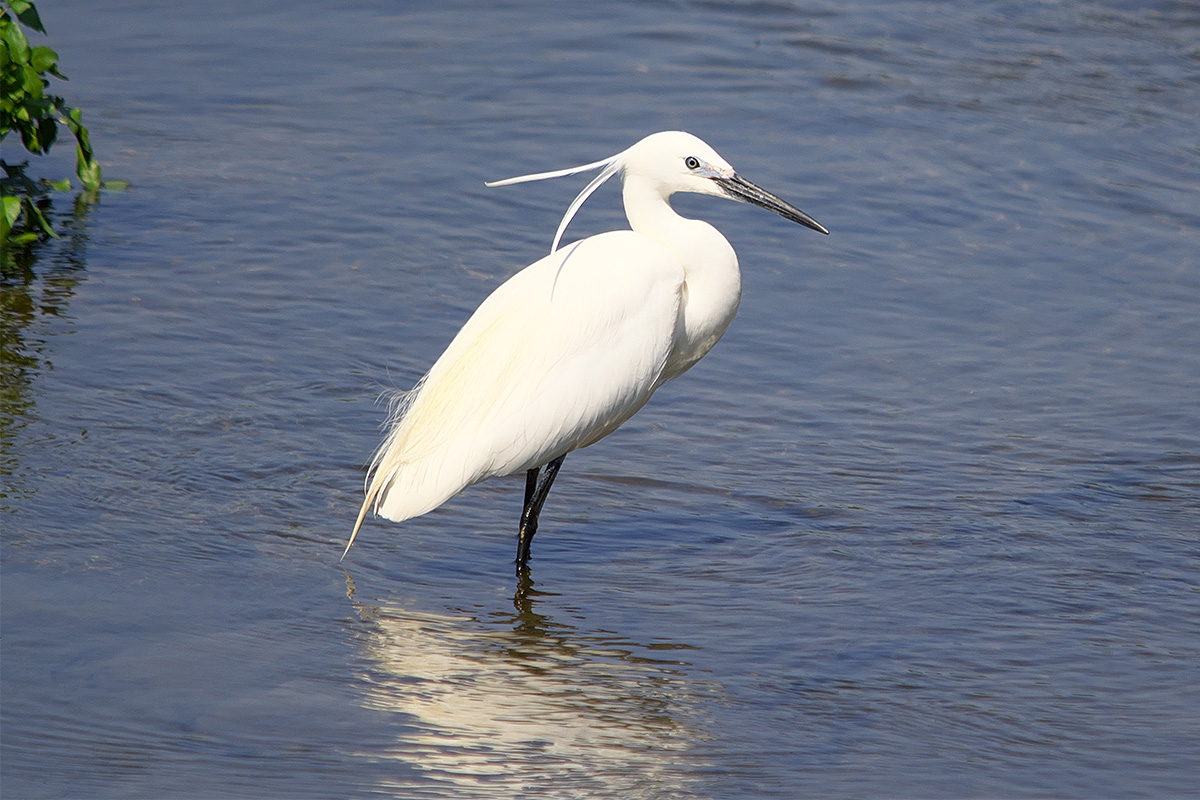
| 種目 | コサギ (小鷺) | 分類 |
ペリカン目 サギ科 コサギ属 |
学名 | Egretta garzetta | 英名 | Little Egret |
|---|---|---|---|---|---|---|---|
|
コサギ (小鷺) |
ペリカン目 サギ科 コサギ属 |
Egretta garzetta | Little Egret |
宗像市でみられる場所・時期
留鳥で,一年中見ることができる。市内各地の河川やため池,水田などでみられる。現在,宗像ではコロニーはみられず,繁殖期にみられるものは周辺地域から飛来するものと思われる。
特徴
全長61㎝。雌雄同色。
小型のシラサギで,嘴と足は一年中黒く,足指が黄色いのが特徴である。繁殖期には後頭から2本の長い冠羽,背にカールした飾り羽が出る。またごく短い期間だが,目先が赤紫に染まる婚姻色が現れる。足先は黄色でよく目立つ。飛びながら「ゴァー」と濁った声で鳴く。
習性
河川,水路,溜め池,干潟,水田などの水辺で普通にみられる。魚類,エビ,ザリガニ,昆虫,カエルなど,水辺に棲む小動物を捕らえて食べる。樹林に集団でコロニーを形成し,繁殖する。
分布
ユーラシア大陸の温帯より南の地域,アフリカ大陸,オーストラリア大陸,ニュージーランドに分布する。日本では本州,四国,九州で繁殖し,一年中見られるが,一部は東南アジアへ冬期に渡る。
その他
シラサギ類である,チュウサギ,ダイサギ(亜種チュウダイサギ,亜種ダイサギ)と比較すると小さいが,単独でいると大きさが比較できず判別が難しくなる。
コサギの特徴として指が黄色い比較的小さいシラサギと覚えておくと良い。ただし,夏を過ぎ,アマサギが冬羽になるとアマサギの全身が白くなるので,識別が難しくなる。
 はじめに
はじめに お問い合わせ
お問い合わせ